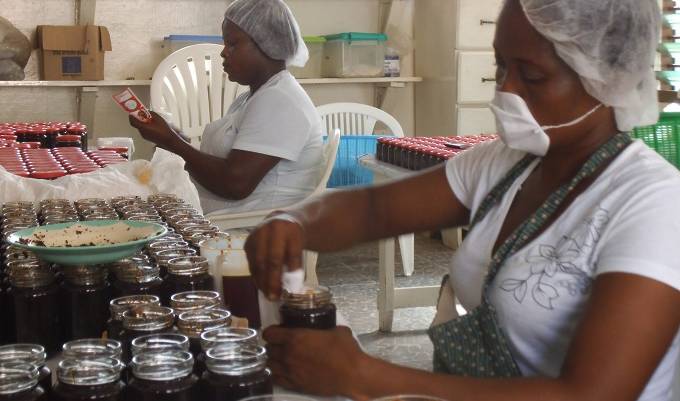
THE Producer Price Inflation (PPI) which measures the average change over time in the selling prices of goods and services as received by domestic producers shot up to 65.2 per cent in October.
This was up from the 45.6 per cent recorded in September and clearly signals what is to be expected of consumer inflation in November.
The rate represents an increase of 19.3 percentage points.
The October rate was largely driven by increases in the industrial sector which recorded the highest year-on-year producer price inflation rate of 75.6 per cent, up from the 54.5 per cent recorded in September.
This was followed by the construction sector, with 23 per cent. This figure, however represented a decline over the September rate of 25.1 per cent.
The services sector recorded the lowest year-on-year producer inflation rate of 10 per cent.
Industrial sector
The Government Statistician, Professor Samuel Kobina Annim, who announced this through a press release issued in Accra yesterday, said under the industrial sector, Mining and Quarrying sub-sector recorded the highest year-on-year producer price inflation rate of 86.4 per cent, followed by the manufacturing sub-sector with 73.1 per cent.
Electricity and gas recorded a 33.7 per cent inflation rate for October 2022, an increase of 10 per cent over the September rate of 23.7 per cent, with the water supply, sewerage, and waste management sub-sector recording the lowest PPI of 15.7 per cent.
In the mining and quarrying sub-sector, extraction of crude and natural gas recorded the highest inflation of 103.7 per cent, indicating an increase of 29 percentage points over the September rate of 79.2 per cent.
Mining support service activities recorded the least inflation rate of 26.2 per cent.
In October 2022, three out of the 23 major groups in the manufacturing sub-sector recorded inflation rates higher than the sector average of 73.1 percent.
The manufacture of soft drinks, refined petroleum products, and nuclear fuel recorded the highest inflation rate of 148.3 per cent, followed by the manufacture of computer, electronic and optical products with 69.8 per cent.
In the Water supply sub-sector, water collection, treatment, and supply industries recorded the highest inflation of 19.7 per cent, while waste collection, treatment, and disposal activities; material recovery recorded 10.8 per cent.
Construction sector
Under the construction sector, the buildings industry recorded the highest year-on-year producer price inflation rate of 77.8per cent, followed by the civil engineering sub-sector with 5.4 per cent.
The specialised construction industry recorded the lowest year-on-year producer inflation rate of six per cent.
Services sector
Under the services sector, the transport and storage sub-sector recorded the highest year-on-year producer price inflation rate of 71.4 per cent, up from the 27.3 per cent recorded in September.
This was followed by the accommodation and food sub-sector with 42.1 per cent.
The information and communication sub-sector recorded the lowest year-on-year producer inflation rate of 1.4 per cent.
Sidebar
The Producer Price Index (PPI) measures the average change over time in the selling prices of goods and services as received by domestic producers.
Prices collected for the computation of PPI are known as factory gate prices, which are the prices firms assign to their products.
These prices exclude sales and excise taxes, government subsidies other costs incurred by other intermediaries and consumers.

